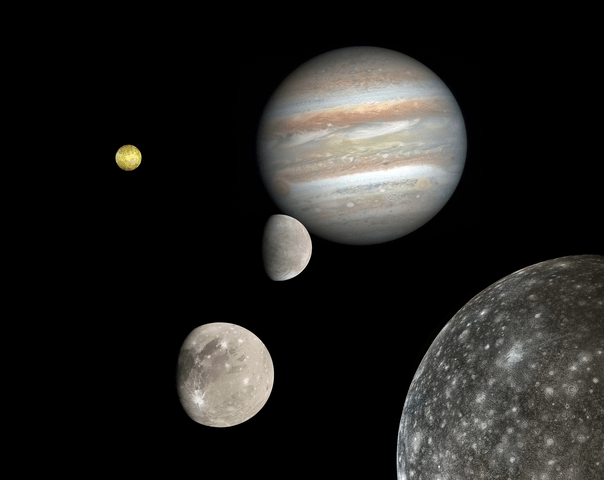The search for extraterrestrial (ET) life within our solar system is an exciting and ongoing scientific endeavor. While definitive proof of ET life has not been found as of my last knowledge update in September 2021, several prospects and intriguing findings have heightened interest in the possibility of life beyond Earth. Here are some key prospects and findings:
Mars:
- Prospects: Mars has been a primary target in the search for ET life due to its potential habitability in the past. Ancient river valleys, lakebeds, and minerals indicate the presence of liquid water, a crucial ingredient for life. Permafrost and subsurface environments might offer protection.
- Findings: Mars missions have identified organic compounds, such as methane and ancient carbon-rich materials, raising questions about their origin. Instruments on rovers like Curiosity and Perseverance continue to search for signs of past or present microbial life.
Europa (Jupiter’s Moon):
- Prospects: Europa’s subsurface ocean, beneath a thick ice crust, has generated interest. Liquid water, thermal activity, and a variety of organic molecules could create conditions favorable for life.

- Findings: Future missions, like NASA’s Europa Clipper, aim to study Europa’s subsurface ocean, plumes, and surface chemistry in detail. These missions may help confirm the moon’s potential habitability.
- Prospects: Europa’s subsurface ocean, beneath a thick ice crust, has generated interest. Liquid water, thermal activity, and a variety of organic molecules could create conditions favorable for life.
Enceladus (Saturn’s Moon):
- Prospects: Enceladus, with its active water geysers and subsurface ocean, is another moon of interest. The plumes could provide access to subsurface materials that may contain signs of life.
- Findings: Cassini, a spacecraft that explored Saturn and its moons, detected complex organic molecules and water-ice plumes erupting from Enceladus. These findings sparked interest in potential habitable environments beneath the icy surface.
Titan (Saturn’s Moon):
- Prospects: Titan’s unique atmosphere and methane lakes make it an intriguing candidate. Though not suitable for Earth-like life, exotic life forms adapted to Titan’s conditions are theoretically possible.
- Findings: Cassini and the Huygens probe provided detailed insights into Titan’s chemistry and surface features, raising questions about its potential for prebiotic chemistry.
Subsurface Oceans:
- Several icy moons, including Ganymede (Jupiter’s moon) and Triton (Neptune’s moon), have subsurface oceans, making them candidates for hosting microbial life.
- Future missions aim to explore these moons’ subsurface environments and search for signs of life.
Sample Return Missions:
- Upcoming sample return missions from Mars, such as NASA’s Mars Sample Return, will bring Martian soil and rock samples back to Earth for in-depth analysis, potentially revealing signs of ancient life.
Phosphine on Venus:
- In 2020, the detection of phosphine gas in Venus’s atmosphere sparked interest in the possibility of aerial microbes. However, the findings are still under scrutiny, and alternative explanations are being explored.
Planetary Protection:
- Planetary protection protocols are in place to prevent contamination of potential ET life environments and protect Earth from potential extraterrestrial biological material.
While these prospects and findings are tantalizing, the search for ET life continues, and future missions and discoveries are expected to shed more light on the potential habitability of other celestial bodies within our solar system.











